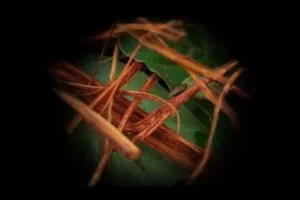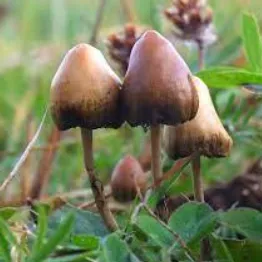Mushrooms, ibogaine, ayahuasca, peyote, mescaline, ketamine, MDMA (aka ecstasy), and LSD. These (currently) illicit or heavily regulated hallucinogenic substances could be the next medical breakthrough to treat disorders like PTSD, depression, drug and alcohol addiction, smoking, eating disorders, prolonged grief, cluster headaches, and others. Why? In the most basic and unscientific terms, some early medical research and anecdotal evidence show that these types of disorders are caused by patterns in the brain and psychedelic substances can help to break those patterns.
For people suffering from these disorders, the first and probably the most important question is whether psychedelics work. As attorneys, our first question concerns the legality of psychedelics. Make no mistake, when the federal war on cannabis is over, the next frontier will be psychedelics. In fact, some states have already started this push and numerous others, including Pennsylvania, have at least introduced legislation concerning psychedelics.
Let’s begin with the basics. Psilocybin (found in mushrooms), ibogaine, and dimethyltryptamine (found in ayahuasca pronounced ‘eye-ah-WAH-ska’ – a plant based psychedelic) are naturally occurring substances much like cannabis. Ketamine, MDMA, and LSD are man-made, synthetic drugs. Each of these natural and synthetic substances is considered a psychedelic because they can cause the user to experience hallucinations.
Legally, psilocybin, ibogaine, dimethyltryptamine, peyote, mescaline, MDMA, and LSD are Schedule I substances and therefore illegal to produce and possess. Being a Schedule I substance means that Congress has determined these substances have: (a) a high potential for abuse, (b)no currently accepted medical use, and (c) are not safe to use even under medical supervision. However not all psychedelics are equal. Peyote is unique from these other hallucinogenic Schedule I substances in that Congress has carved out a religious exception Native Americans are expressly permitted to transport, possess, and use peyote in connection with Native American religious ceremonies. Ketamine is categorized as a Schedule III substance. This means that Congress has determined ketamine has a potential for less abuse than Schedule I or II substances, has a currently acceptable medical use, and abuse may lead to moderate or low physical or high psychological dependence. In Pennsylvania, the Department of Health has even published guidelines for the safe administration of low-dose ketamine to treat pain, depression, and other medicinal uses including in palliative care. Ketamine’s current legal status and recognition by state officials that hallucinogens, used in controlled settings, may ultimately help to facilitate the legalization of other psychedelic substances.
In upcoming blogs, we will dive into how states like Colorado and Oregon have legalized certain psychedelics (spoiler: 10th Amendment) and how those programs work, what Pennsylvania has proposed, litigation on the subject, what to expect next, and much more.

Ayahuasca

Ibogaine

Psilocybin
 717-703-0804
717-703-0804